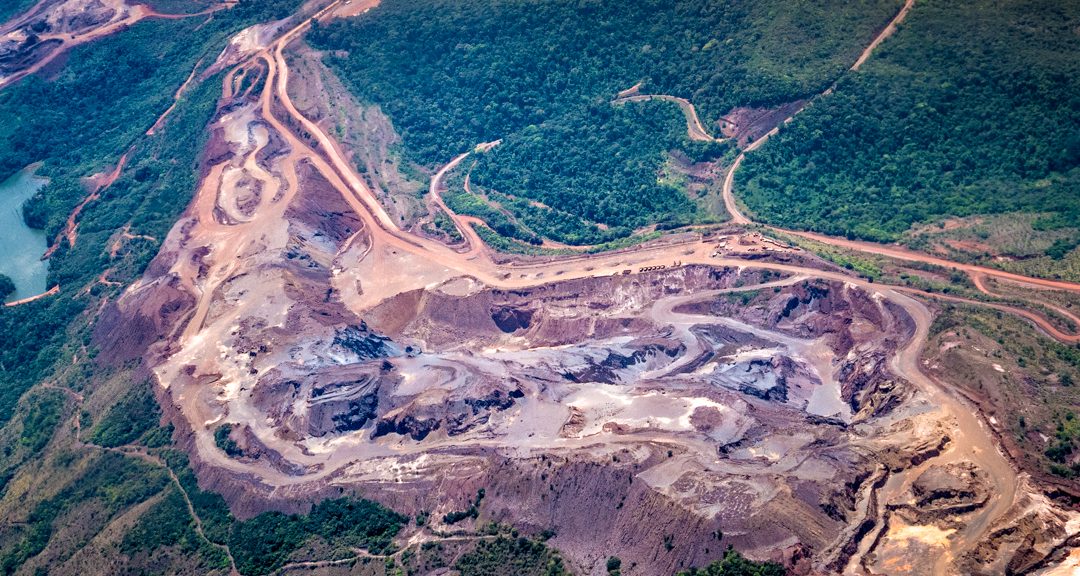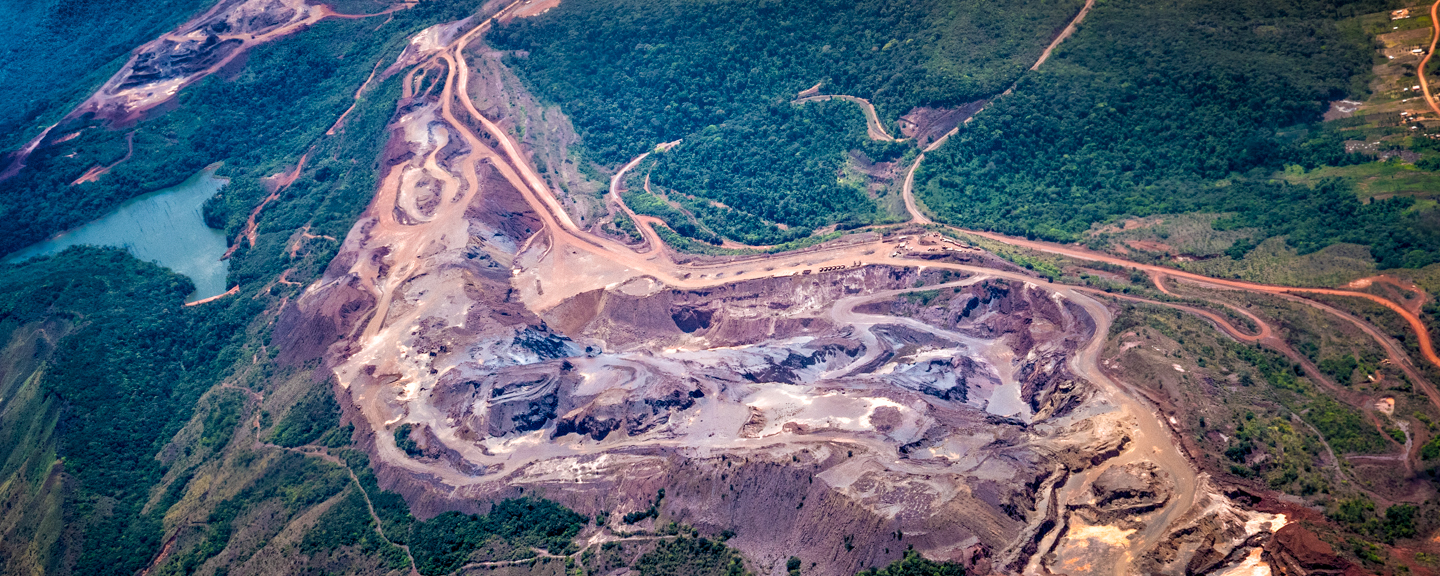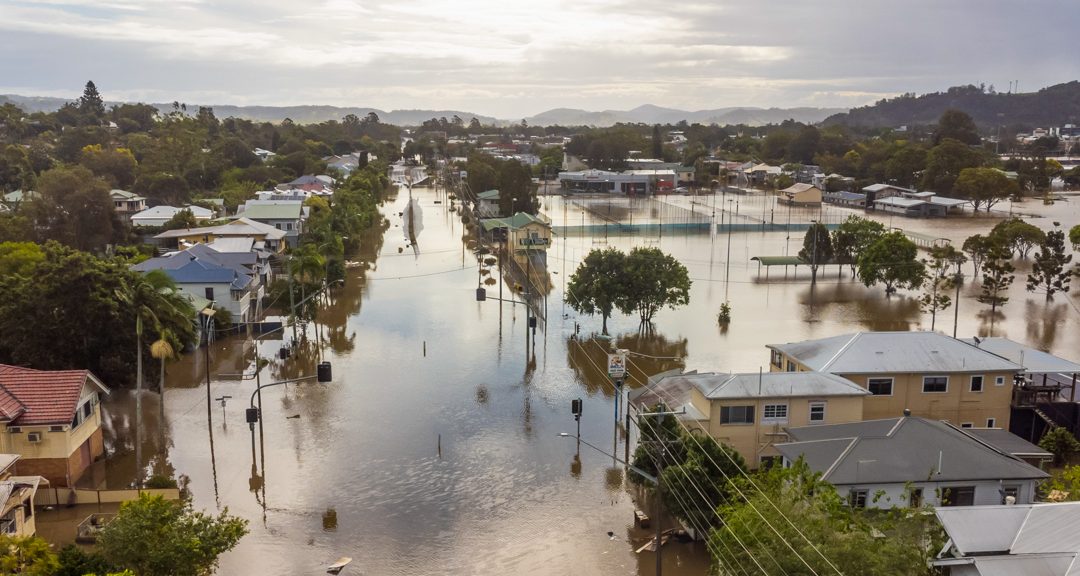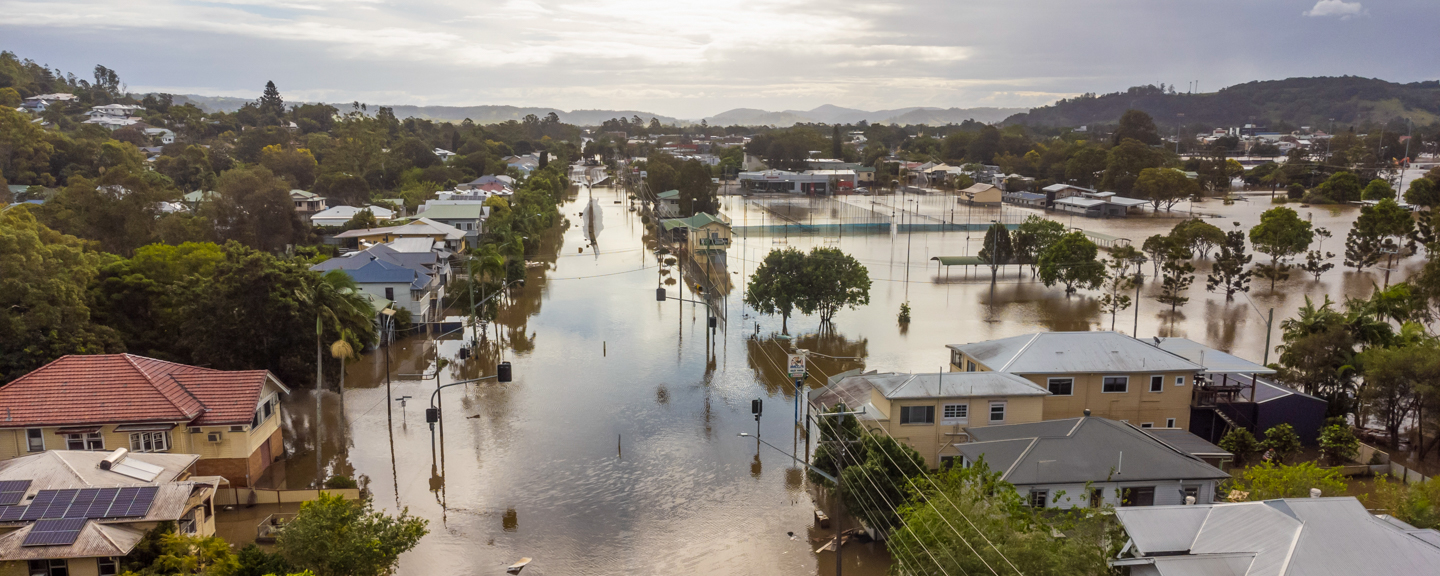No Results Found
The page you requested could not be found. Try refining your search, or use the navigation above to locate the post.


Biodiversity, the vast variety of life on Earth, plays a fundamental role in the survival and well-being of human beings. From the air we breathe to the food we eat, biodiversity contributes to the provision of clean water, fertile soil, climate regulation, and disease control. It is the cornerstone upon which human societies have built their livelihoods and cultures. Despite its importance, biodiversity is under threat from human activities, making its conservation a critical issue for sustainable development and human survival.
Here are 10 essential aspects of biodiversity that underscore its importance for human survival:
Conserving biodiversity is not just about protecting the environment; it is about preserving the very foundation of human life and ensuring the resilience of ecosystems upon which we depend. To safeguard biodiversity, global and local actions must be taken to address threats such as habitat destruction, pollution, invasive species, and climate change.
For a deeper understanding of biodiversity and its importance, refer to the Convention on Biological Diversity, the World Health Organisation, and the Intergovernmental Science-Policy Platform on Biodiversity and Ecosystem Services reports. These sources provide comprehensive insights into how biodiversity underpins human health, economies, and societies.
Utlimately we are a part of, not apart from Nature. Without Nature there is no us.
References
The page you requested could not be found. Try refining your search, or use the navigation above to locate the post.


Project Drawdown is a leading resource aimed at addressing global warming by promoting feasible and effective climate solutions. As a nonprofit organisation, it strives to halt climate change as swiftly, safely, and equitably as possible through science-based strategies. The initiative is grounded in the collaborative effort of scientists, researchers, and fellows who have identified a comprehensive set of 93 technologies and practices capable of significantly lowering greenhouse gas concentrations in the atmosphere. Project Drawdown’s approach is encapsulated in its Drawdown Review, a major update to its research and analysis that includes insights for action across various sectors.
The goals of Project Drawdown revolve around three core strategies: reducing sources of emissions, supporting natural carbon sinks, and fostering societal improvement. These strategies collectively form a science-based plan intended to avert climate catastrophe by dramatically reducing atmospheric greenhouse gas concentrations.
To achieve these goals, Project Drawdown emphasises the necessity of a systemic approach that leverages a wide array of climate solutions. These include both well-known and underutilised strategies that extend beyond merely addressing greenhouse gas emissions to offering “co-benefits” such as health improvements, job creation, and enhanced biodiversity. Financial analyses by Project Drawdown highlight that the net operational savings from implementing these solutions far outweigh the initial costs, making a compelling economic case for action.
One of the key insights from The Drawdown Review 2020 is the assertion that we can reach Drawdown by mid-century by scaling up existing climate solutions. However, this requires an immense commitment and collaboration, underlined by the need for “accelerators” such as shaping culture, building political power, and shifting capital to facilitate the adoption and expansion of these solutions at the required scale and speed.
Project Drawdown offers a hopeful yet realistic pathway to confronting the climate crisis, highlighting the pivotal role of existing technologies and practices, alongside the critical accelerators necessary for their widespread implementation. It stands as a call to action for individuals, communities, organisations, and governments worldwide to unite in the collective endeavour to reach Drawdown and set humanity on a sustainable course for the future.
For more detailed information and to explore Project Drawdown’s comprehensive plan and solutions, you can visit their official website.
The page you requested could not be found. Try refining your search, or use the navigation above to locate the post.


The 1.5-degree Celsius target, agreed upon as part of the Paris Agreement, represents a global commitment to limit the average temperature increase to this level above pre-industrial times in an effort to avoid the most catastrophic impacts of climate change. This goal is grounded in scientific research suggesting that surpassing the 1.5°C threshold could lead to severe and irreversible impacts on ecosystems, human health, and livelihoods worldwide.
The feasibility of achieving the 1.5°C target is a matter of intense debate and research. The World Economic Forum (WEF) emphasises the importance of not exceeding this limit to prevent worsening and potentially irreversible effects of climate change. The International Energy Agency (IEA) outlines a narrow but feasible pathway to net zero emissions by 2050, crucial for staying within the 1.5°C increase, noting significant challenges but also progress in clean energy technologies (WEF, 2023; IEA, 2023).
Achieving the 1.5°C target requires transformative systemic changes across energy, urban, land, and industrial systems globally. According to the IPCC, this includes the upscaling and acceleration of far-reaching, multi-level, and cross-sectoral climate mitigation efforts, complemented by robust adaptation strategies. The current national pledges on mitigation and adaptation fall short of the necessary ambition level, highlighting the need for a significant increase in collective effort and enhanced institutional capabilities worldwide (IPCC, 2023).
The IPCC stresses the urgency of immediate action, with net zero emissions needed by 2050 to stay within the 1.5°C limit. This ambitious timeframe necessitates an unprecedented global mobilisation of financial, technological, and intellectual resources to transform our energy systems, enhance energy efficiency, and foster innovative climate solutions (IPCC, 2023).
While the target is ambitious and requires a substantial escalation in efforts at all levels of society, the growing deployment of clean energy technologies and the formulation of more ambitious climate policies provide some grounds for optimism. However, to make the 1.5°C target achievable, concerted action is needed now more than ever, encompassing both mitigation and adaptation strategies to ensure a sustainable and equitable future for all.
For a deeper understanding and further details, you can refer to the comprehensive discussions and findings on this topic by the World Economic Forum (WEF, 2023), the International Energy Agency (IEA, 2023), the MIT Climate Portal (2023), and Chatham House (2023).
References
– World Economic Forum. (2023). *The 1.5 C climate threshold: What it means and why it matters*. [https://www.weforum.org/agenda/2023/09/prevent-1-5-degrees-celsius-climate-threshold/](https://www.weforum.org/agenda/2023/09/prevent-1-5-degrees-celsius-climate-threshold/)
– International Energy Agency. (2023). *Net Zero Roadmap: A Global Pathway to Keep the 1.5 °C Goal in Reach – Analysis*. [https://www.iea.org/reports/net-zero-by-2050](https://www.iea.org/reports/net-zero-by-2050)
– MIT Climate Portal. (2023). *Explained: The 1.5 C climate benchmark*. [https://climate.mit.edu/explainers/explained-15-c-climate-benchmark](https://climate.mit.edu/explainers/explained-15-c-climate-benchmark)
– Chatham House. (2023). *What the IPCC report means for global action on 1.5°C*. [https://www.chathamhouse.org/2023/03/what-ipcc-report-means-global-action-15c](https://www.chathamhouse.org/2023/03/what-ipcc-report-means-global-action-15c)
– IPCC. (2023). *Global Warming of 1.5 ºC*. [https://www.ipcc.ch/sr15/](https://www.ipcc.ch/sr15/)
The page you requested could not be found. Try refining your search, or use the navigation above to locate the post.


Climate change is one of the most pressing challenges facing humanity today, with far-reaching implications for our planet’s ecosystems, economies, and societies, threatening not only our survival but the survival of all species on Earth. We’re facing an existential crisis. Humans have treated the planet as an infinite ‘natural resource’ without giving due consideration to the consequences for too long. We live on a finite planet. We still have a small window to avert complete disaster that includes unprecedented mass extinction.
What are the causes of climate change, its severity, the urgency of action, and potential solutions to mitigate its impacts?
Climate change is primarily driven by human activities that release greenhouse gases (GHGs) into the atmosphere. The burning of fossil fuels for energy, deforestation, industrial processes, and agricultural practices are major contributors to GHG emissions. These gases, including carbon dioxide (CO2), methane (CH4), and nitrous oxide (N2O), trap heat in the Earth’s atmosphere, leading to global warming and changes in climate patterns.
The impacts of climate change are already being felt worldwide and are projected to worsen in the coming decades. These consequences include:
The window of opportunity to avert the most catastrophic impacts of climate change is narrowing rapidly. Scientists warn that without immediate and ambitious action to reduce GHG emissions, limit global warming, and adapt to changing climatic conditions, the consequences could be severe and irreversible. While it’s challenging to pinpoint an exact timeframe, every year of inaction increases the likelihood of crossing critical thresholds and triggering feedback loops that amplify climate change. Our focus for the coming decade needs to be carbon draw down, finding ways to draw down greenhouse gasses out of the atmosphere, back into carbon sinks. The process for this is simple.
Addressing climate change requires a multifaceted approach involving governments, businesses, communities, and individuals. Key strategies include:
Climate change poses a significant threat to the health, prosperity, and stability of our planet. The urgency of action cannot be overstated, and concerted efforts are needed at all levels to mitigate its impacts and build a sustainable future. By embracing renewable energy, promoting energy efficiency, protecting ecosystems, enacting supportive policies, and fostering global cooperation, we can work towards averting the worst consequences of climate change and creating a more resilient and equitable world for generations to come.
Everything we do from hereon has to be about reaching net zero as quickly as possible. The sooner we reach this the more we reduce the damage as a result of climate change.
The page you requested could not be found. Try refining your search, or use the navigation above to locate the post.


In the realm of business sustainability, understanding and mitigating greenhouse gas emissions have become paramount. Among the various categories of emissions, Scope 3 and Scope 4 emissions are crucial but often misunderstood. In this article, we delve into the nuances between these two types of emissions and their significance in advancing sustainability goals for businesses.
Scope 3 emissions encompass a broad spectrum of indirect greenhouse gas emissions that occur outside of a company’s direct control but are associated with its activities across the value chain. This category goes beyond a company’s operational boundaries, encapsulating emissions stemming from activities such as purchased goods and services, transportation and distribution, employee commuting, and even end-of-life treatment of products. Essentially, Scope 3 emissions reflect the downstream and upstream carbon footprint of a company’s entire operations.
On the other hand, Scope 4 emissions, also known as upstream and downstream emissions, provide a more focused lens on the indirect emissions directly linked to a company’s products or services. These emissions extend beyond the operational footprint to encompass the entire lifecycle of products—from raw material extraction and manufacturing processes to distribution, product use, and disposal. Essentially, Scope 4 emissions offer a granular view of the environmental impact associated with specific products or services offered by a company.
Understanding the difference between Scope 3 and Scope 4 emissions is instrumental for businesses committed to advancing sustainability objectives. By accurately measuring, disclosing, and mitigating these emissions, companies can:
Scope 3 and Scope 4 emissions play pivotal roles in shaping a company’s sustainability performance and environmental impact. While Scope 3 emissions provide a comprehensive view of indirect emissions across operations, Scope 4 emissions offer a focused perspective on product-related emissions. By understanding the nuances between these two categories and integrating strategies to address them, businesses can strengthen their sustainability efforts and contribute to a more sustainable future.
References
1. IPCC, 2014: Climate Change 2014: Synthesis Report. Contribution of Working Groups I, II and III to the Fifth Assessment Report of the Intergovernmental Panel on Climate Change [Core Writing Team, R.K. Pachauri and L.A. Meyer (eds.)]. IPCC, Geneva, Switzerland, 151 pp.
2. Wiedmann, T., et al. (2020). The carbon footprint of the global ICT and E&M sectors: Current status and future trends. Journal of Cleaner Production, 254, 120092.
3. Weidema, B. P., et al. (2009). The Ecoinvent Database: Overview and Methodology. International Journal of Life Cycle Assessment, 13(1), 3-9.
4. UNFCCC. (2015). Paris Agreement. Retrieved from https://unfccc.int/sites/default/files/english_paris_agreement.pdf
The page you requested could not be found. Try refining your search, or use the navigation above to locate the post.